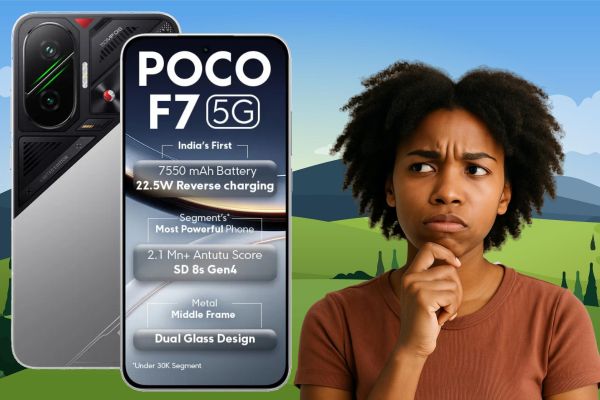The Google Pixel series, known for its clean software and outstanding photography capabilities, is reaching its 10th generation this year. Ahead of the official launch, expected on August 20, a wealth of information and rumors is already circulating online, outlining a device family that may not bring dramatic visual changes but instead introduces real, tangible innovations under the hood. But are these improvements enough for the Pixel 10 to stand out in an increasingly crowded market?
One of the most significant and frequently mentioned innovations is the adoption of the full Qi2 wireless charging standard. While other Android manufacturers have so far only attempted “Qi2-compatible” solutions—requiring a special case for magnetic attachment—leaked marketing materials suggest that Google will integrate the necessary magnetic ring directly into the back of the Pixel 10. This solution, similar to Apple’s MagSafe system, is more than just a convenience. The magnets ensure perfect alignment between the phone and charger, optimizing charging speed, reducing heat, and improving efficiency. According to reports, the new system—referred to as “Pixelsnap”—could deliver up to 25 watts of power, a notable upgrade from the previous 15-watt Qi standard and comparable to the latest iPhone models.
Significant changes are also expected under the surface. The Pixel 10 models may debut the Tensor G5 processor, which is reportedly being manufactured not by Samsung but by TSMC, using a more advanced and efficient production process. While the G5 chip may not reach the raw performance levels of the most powerful competitor processors, the shift in manufacturing technology promises much better energy efficiency and reduced heat output. In practice, this could translate into longer battery life—with some sources suggesting up to 100 hours of use in power-saving mode.
This hardware progress goes hand-in-hand with smarter software. Google is also rumored to introduce a new on-device AI assistant called “Pixel Sense.” This assistant would analyze user data—such as calendar entries, emails, and map searches—to proactively offer contextual and personalized help with everyday tasks.
The camera has always been one of the Pixel phones’ greatest strengths, and it seems Google isn’t slowing down in this area either. According to reports, the most notable upgrade is that even the standard Pixel 10 model will now include the telephoto (zoom) camera that was previously exclusive to the Pro versions. This move makes high-quality optical zoom available to a broader audience. Of course, the Pixel 10 Pro and Pro XL will still feature more advanced sensors—especially for the ultra-wide-angle camera—and while the base model is expected to support 4K 60fps video recording, the more premium models may offer up to 8K at 30fps. Display sizes are not expected to change (6.3 inches for the Pixel 10 and 10 Pro, 6.8 inches for the 10 Pro XL), though brightness levels may see a slight increase compared to the previous generation.
And finally, pricing. Based on current information, Google is not expected to raise prices compared to the Pixel 9 series. The base Pixel 10 is likely to start at $799, while the Pixel 10 Pro may launch at a $999 starting price. One small change could affect the largest model—the Pixel 10 Pro XL—which may drop the 128 GB base option, making 256 GB the new entry-level configuration. This would effectively result in a higher starting price for that specific model. To offset the stable pricing, Google is expected to offer bundled software perks, with customers receiving several months of Google AI Pro, Fitbit Premium, and YouTube Premium subscriptions included with their devices.
All in all, based on the leaked information, the Google Pixel 10 series doesn’t seem to promise a revolutionary, ground-breaking leap, but rather a deliberate and well-considered evolution focused on enhancing user experience. The convenience of magnetic charging, broader access to zoom cameras, a more efficient and intelligent processor, and stable pricing together shape a highly attractive offering. Of course, Google will have the final word at its August 20 launch event, where we’ll find out just how many of these rumors become reality.































